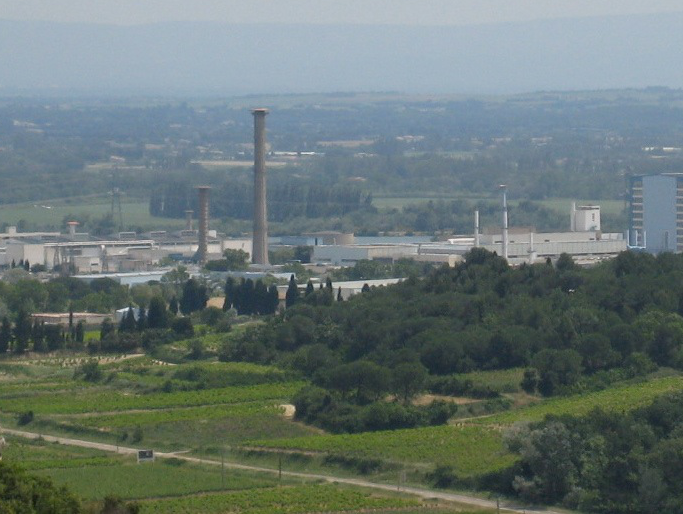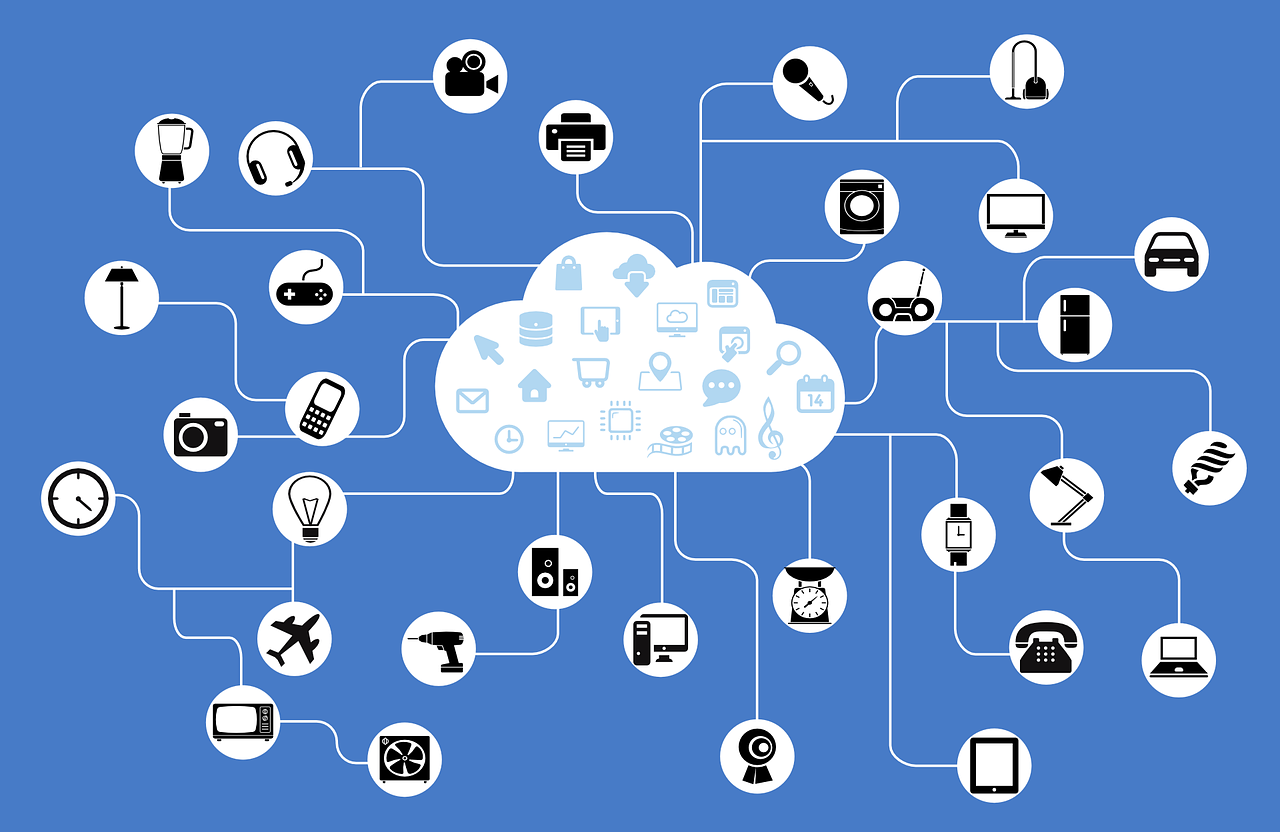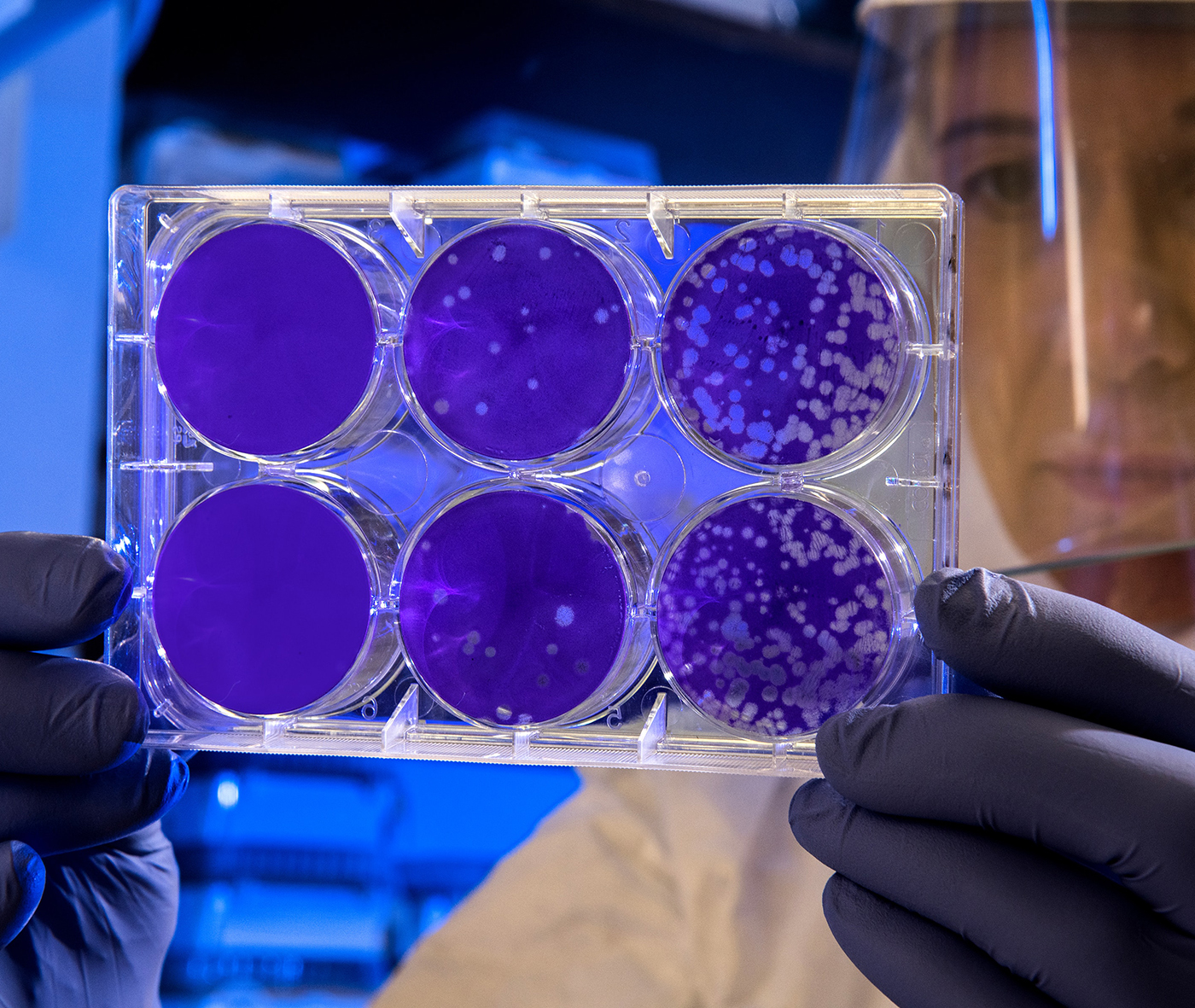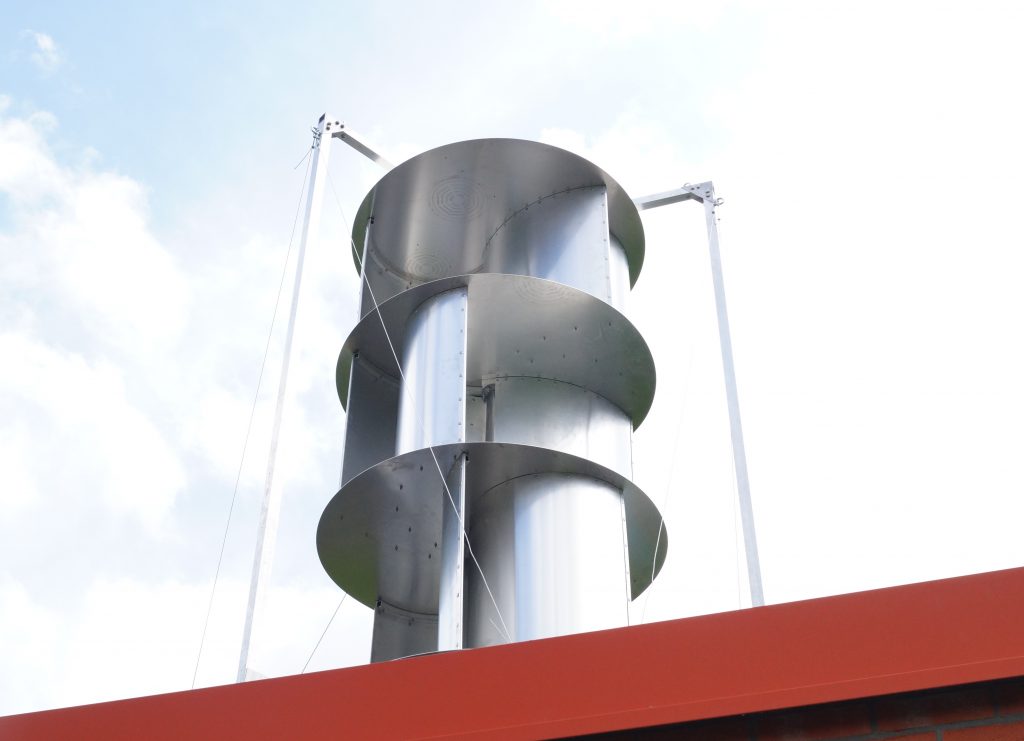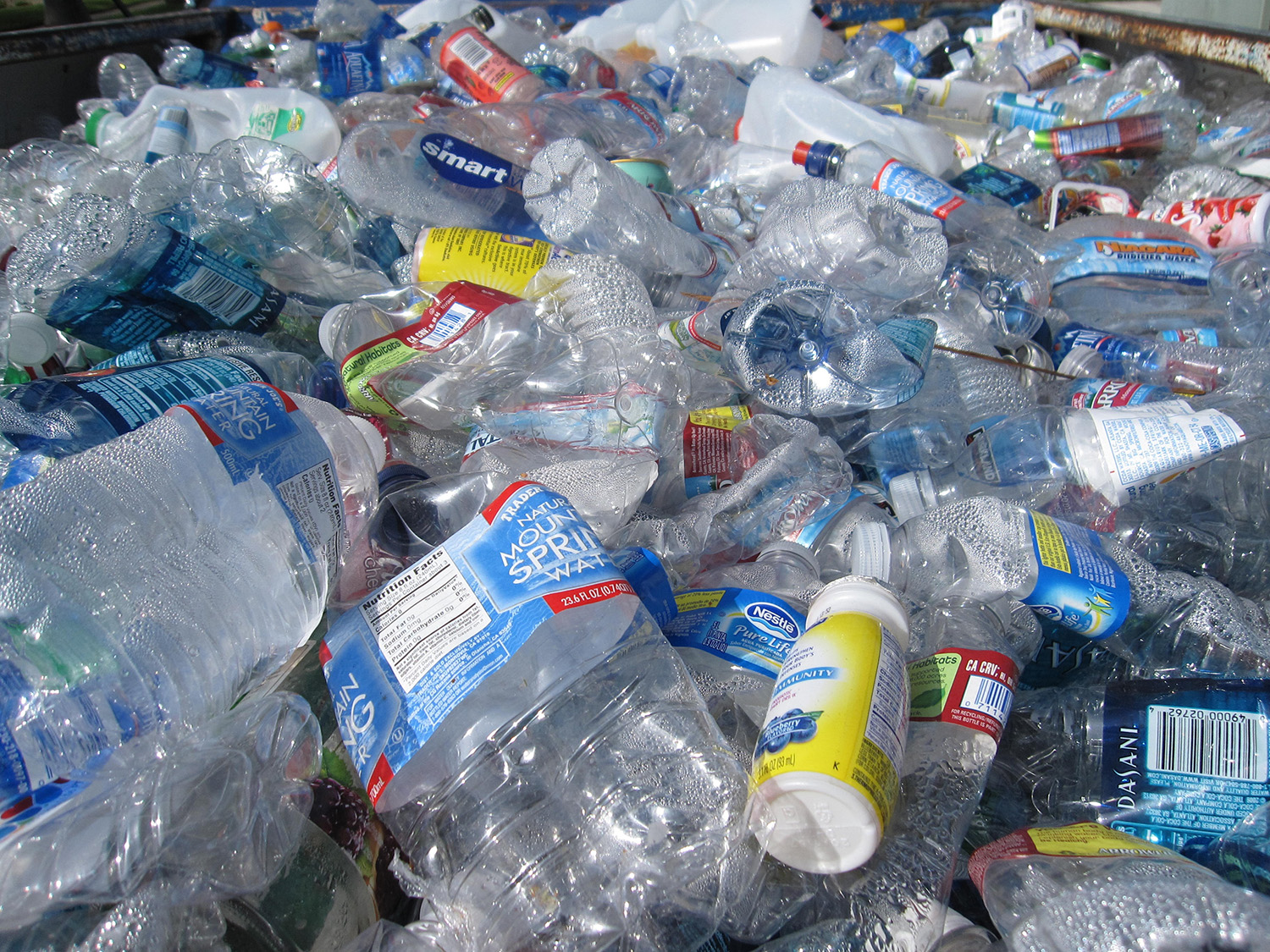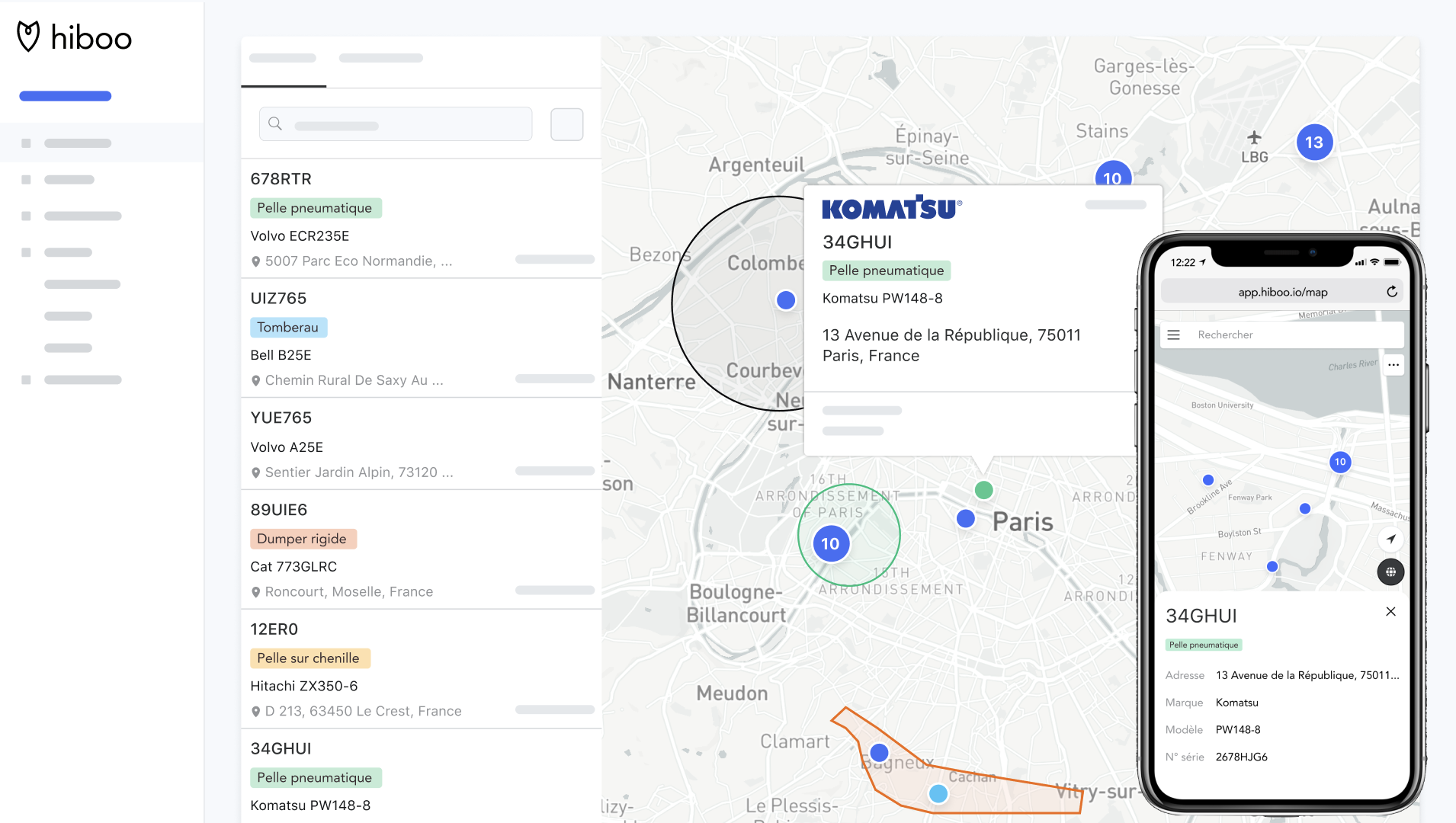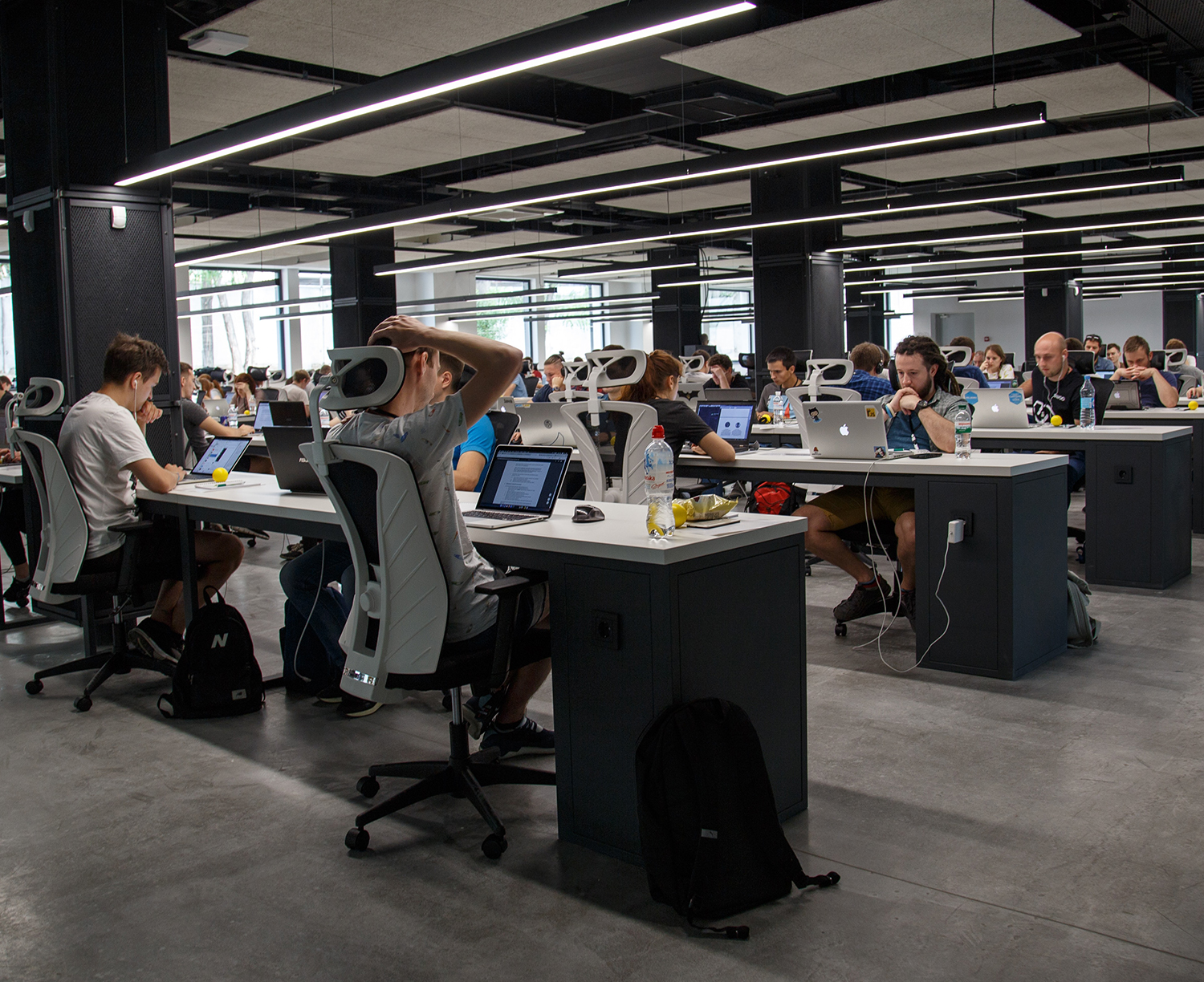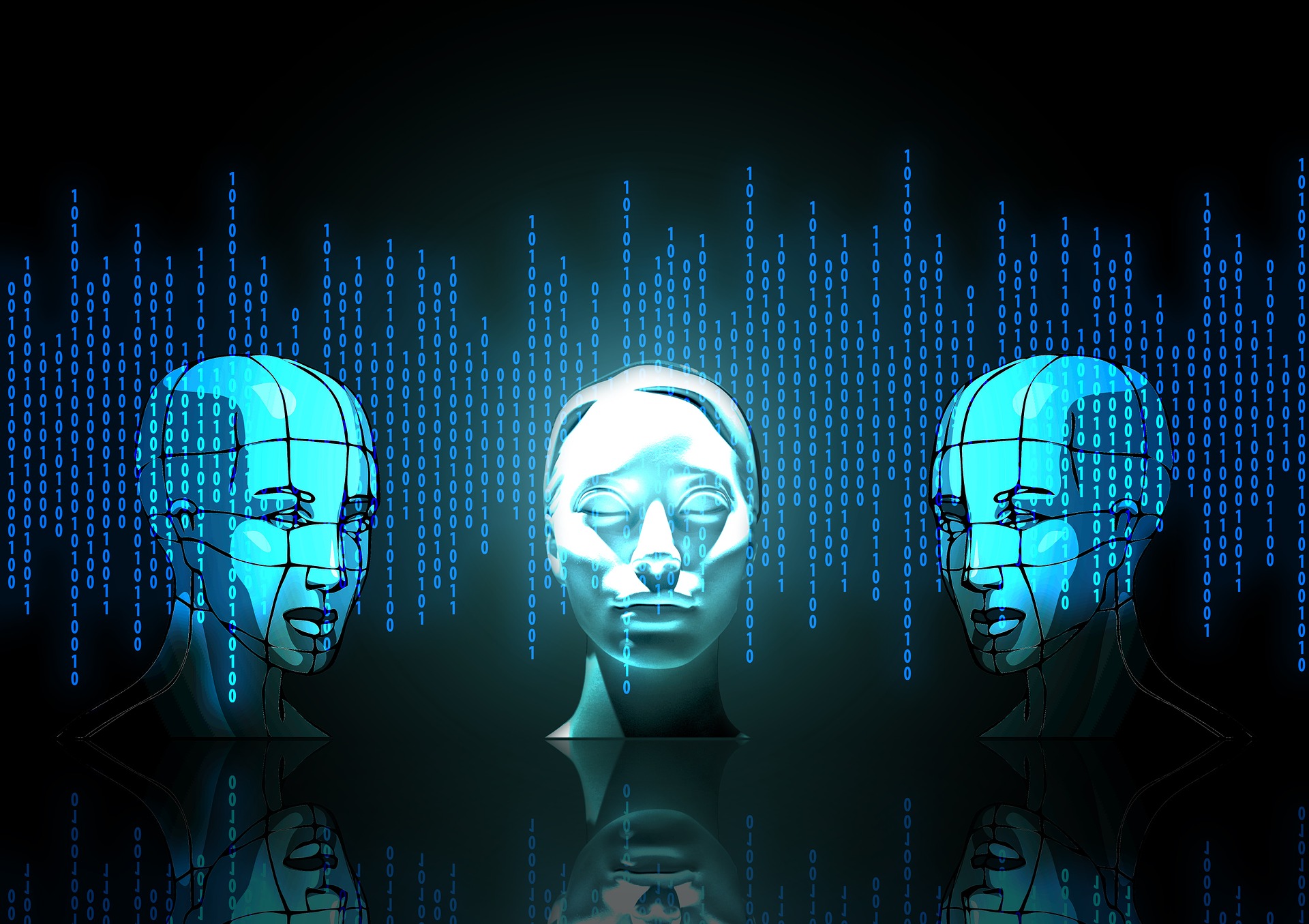Astrid: a nuclear project goes up in smoke
The abandonment of the Astrid project marks a turning point for France’s nuclear industry. The planned nuclear reactor was supposed to be “safer, more efficient and more sustainable”, but therefore required significant funding. Stéphanie Tillement, a researcher at IMT Atlantique, has studied how Fukushima impacted the nuclear industry. Her work has focused in particular on the rationale for abandoning the Astrid project, taking into account the complicated history of nuclear energy and how it has evolved in the public and political spheres.
Since the early days of nuclear energy, France has positioned itself as a global leader in terms of both research and energy production. In this respect, the abandonment of the Astrid project in August 2019 marked a move away from this leading position. Astrid (Advanced Sodium Technological Reactor for Industrial Demonstration) was supposed to be France’s first industrial demonstrator for what are referred to as “4th-generation” reactors. The selected technology was the sodium-cooled fast neutron reactor (FNR). At present, nuclear power in France is supplied by 58 second-generation pressurized water reactors, which operate with “slowed-down” neutrons. As an FNR, ASTRID held the promise of more renewable energy – it was supposed to be able to use depleted uranium and plutonium resulting from the operation of current plants as a fuel source, meaning it would consume much less natural uranium.
As part of the AGORAS research project, IMT Atlantique researcher Stéphanie Tillement, studied the impact of the Fukushima accident on the world of nuclear energy. This led her to study the Astrid project, and in particular the many challenges it encountered. “We ruled out the link with Fukushima early on,” says the researcher. “The problems Astrid ran into are not related to a paradigm shift as a result of the catastrophe. The reasons it was abandoned are endogenous to the industry and its history.” And financial reasons, though by no means negligible, are not enough to explain why the project was abandoned.
A tumultuous history
In the 2000s, the United States Department of Energy launched the Generation IV International Forum to develop international cooperation for new concepts for nuclear reactors. Out of the six concepts selected by this forum as the most promising, France focused on sodium-cooled reactors, a project which would be launched in 2010 under the name Astrid. The country preferred this concept in particular due to the fact that three French reactors using the technology had already been built. However, none of them had been used on an industrial scale and the technology had not advanced beyond the prototyping stage. The first such reactor, Rapsodie, was dedicated purely to research. The second was Phénix. It was an intermediary step – it had to produce energy but remained an experimental reactor, far from an industrial scale. It was the third such reactor, Superphénix, which would be given the role of representing the first in the series of this new French industrial-scale energy. But from the beginning, it experienced shut-down periods following several incidents and in 1997, Prime Minister Lionel Jospin announced that it would be shut down once and for all.
“This decision was widely criticized by the nuclear industry,” says Stéphanie Tillement, “who accused him of acting for the wrong reasons.” During the election campaign, Lionel Jospin had aligned himself with the Green party, who were openly in favor of decommissioning the power plant. “Its sudden shutdown would be taken very badly and destroy all hope for the use of such technology on an industrial-scale. Superphénix was supposed to be the first in a long line, and some remember it as ‘a cathedral in a desert.'” This also reflected public opinion on nuclear energy: the industry was facing growing mistrust and opposition.
“For a lot of stakeholders in the nuclear industry, in particular the CEA (The French Atomic and Alternative Energy Commission), Astrid gave hope to the idea of reviving this highly promising technology,” explains the researcher. One of the biggest advantages was the possibility of a closed nuclear cycle, which would make it possible to recycle nuclear material from current power plants – such as plutonium – to use as a fuel source in the reactors. “In this respect, the discontinuation of the Astrid project may in the long run call into question the very existence of the La Hague reprocessing plant,” she says. This plant processes used fuel, a portion of which (plutonium in particular) is reused in reactors, in the form of MOX fuel. “Without reactors that can use reprocessed materials effectively, it’s difficult to justify its existence.”
Read more on I’MTech: MOx strategy and the future of French nuclear plants
“From the beginning, our interviews showed that it was difficult for the Astrid stakeholders to define the status of the project precisely,” explains Stéphanie Tillement. The concept proposed when applying for funding was that of an industrial demonstrator. The goal was therefore to build a reactor within a relatively short period of time, which could produce energy on a large scale based on technology for which there was already a significant amount of operating experience. But the CEA also saw Astrid as a research project, to improve the technology and develop new design options. This would require far more time. “As the project advanced,” adds the researcher, “the CEA increasingly focused on a research and development approach. The concept moved away from previous reactors and its development was delayed. When they had to present the roadmap in 2018, the project was at a ‘basic design’ stage and still needed a lot of work, as far as design was concerned, but also in terms of demonstrating compliance with nuclear safety requirements.”
An abandoned or postponed project?
Stéphanie Tillement confirms that, “the Astrid project, as initially presented, has been permanently abandoned.” Work on the sodium technology is expected to be continued, but the construction of a potential demonstrator of this technology will be postponed until the second half of the 21st century. “It’s a short-sighted decision,” she insists. Uranium, which is used to operate reactors, is currently inexpensive. So there’s no need to turn to more sustainable resources – at least not yet. But abandoning the Astrid project means running the risk of losing the expertise acquired for this technology. Though some research may be continued, it will not be enough to maintain industrial expertise in developing new reactors, and the knowledge in this sector could be lost. “The process of regaining lost knowledge,” she says, “is ultimately as expensive as starting from scratch.”
A short-term decision, therefore, relying instead on EPR, 3rd-generaton reactors. But the construction of this type of reactor in Flamanville also faces its own set of hurdles. According to Stéphanie Tillement, “the challenges the Astrid project encountered are similar to those of the EPR project.” To secure funding for such projects, nuclear industry stakeholders seek to align themselves with the short timeframes of the political world. Yet, short deadlines are ultimately unrealistic and inconsistent with the timeframes for developing nuclear technology, and even less so when it’s a matter of the first of a series. This creates problems for nuclear projects – they fall behind schedule and their costs rise dramatically. In the end, this makes politicians rather wary of funding this sort of project. “So nuclear energy gets stuck in this vicious circle,” says the researcher, “in a world that’s increasingly unfavorable to this sector.”
This decision also aligns with the government’s energy strategy. In broad terms, the State has announced that nuclear energy will be reduced to 50% of France’s energy mix, in favor of renewable energies. “The problem,” says Stéphanie Tillement, “is that we only have an outline. If there’s a political strategy on nuclear issues, it remains unclear. And there’s no long-term position – this is a way of leaving the decision to future decision-makers. But making no decision is a decision. Choosing not to pursue the development of technologies which require a long time to develop may implicitly mean abandoning the idea of any such development in the future. Which leads some to consider, rather cynically, that politicians must think that when need it, we’ll buy the required technology from other powers (China, Russia) who have already developed it.”

